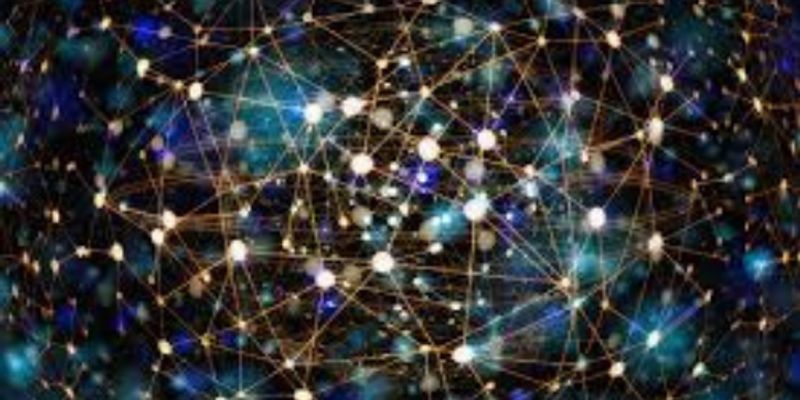AUG 21, 2014 | 11:30 AM
The comprehensive, multidimensional molecular characterization of tumors and the individuals in which they have developed is transforming cancer definition, diagnosis, treatment, and preventi...
AUG 21, 2014 | 11:15 AM
Medical applications of genetics and genomics have been advancing dramatically since completion of the sequencing of the human genome. The cost of DNA sequencing has plummeted, leading to the...
AUG 20, 2014 | 7:00 AM
The ENCODE and modENCODE consortia have generated a resource containing large amounts of transcriptomic data, extensive mapping of chromatin states, as well as the binding locations of >30...
Clinical laboratory information provides decision support for most healthcare providers and impacts care processes and patient outcomes throughout the entire health services delivery system....






















